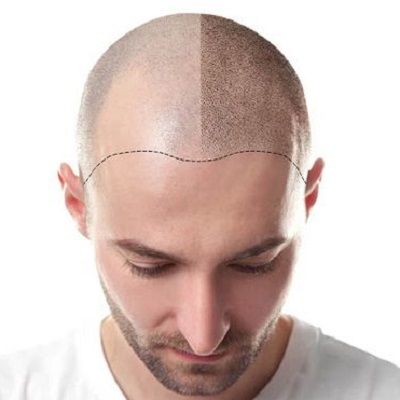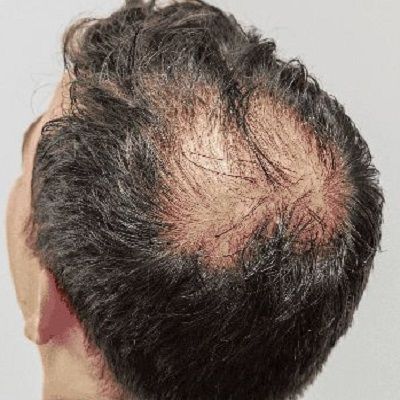Introduction
Hair loss affects millions globally, driven by genetics, aging, hormonal changes, and other factors. Fortunately, modern hair transplant techniques have evolved to provide effective and natural-looking solutions. These procedures at Hair Transplant Clinic in Oman are designed to restore hair density and improve appearance, but they differ in approach, technique, and outcomes. Understanding these differences can help individuals choose the most suitable option for their needs.

Process
1. Follicular Unit Transplantation (FUT)
Process:
- Harvesting: A strip of scalp is removed from the donor area, typically the back of the head.
- Dissection: The strip is divided into individual follicular units under a microscope.
- Implantation: The follicular units are implanted into small incisions made in the recipient area.
Benefits:
- High Yield: Generally, FUT provides a larger number of grafts in a single session.
- Natural Results: Allows for precise placement of follicles, leading to a natural-looking hairline.
Characteristics:
- Scarring: Leaves a linear scar at the donor site, which may be visible if hair is cut very short.
- Recovery Time: Typically longer recovery time compared to FUE due to the nature of the surgery.
2. Follicular Unit Extraction (FUE)
Process:
- Extraction: Individual hair follicles are extracted directly from the donor area using a small, circular punch tool.
- Preparation: Extracted follicles are prepared for transplantation.
- Implantation: Follicles are implanted into small incisions in the recipient area.
Benefits:
- Minimized Scarring: No linear scar; small, dot-like scars that are less noticeable.
- Faster Recovery: Generally quicker recovery time and less postoperative discomfort.
Characteristics:
- Donor Area: Multiple small extraction sites rather than one large strip.
- Time-Consuming: The process can be more time-consuming and labor-intensive.
3. Direct Hair Implantation (DHI)
Process:
- Extraction: Follicles are extracted similarly to FUE.
- Implantation: Follicles are implanted using a specialized tool called a Choi implanter pen, which allows for direct insertion into the recipient area without the need for prior incisions.
Benefits:
- Precision: Provides high precision in follicle placement and angle.
- Minimal Trauma: Reduced trauma to the scalp and better preservation of follicle quality.
Characteristics:
- No Pre-Incisions: Follicles are implanted directly without making incisions first.
- Time Efficiency: The process can be more streamlined compared to traditional methods.
4. Robotic Hair Transplantation
Process:
- Scanning: A robotic system maps the donor area using high-resolution imaging.
- Extraction: The robot performs precise follicle extraction based on the scan.
- Implantation: Follicles are then implanted manually or with the aid of robotic assistance.
Benefits:
- Precision: Offers high accuracy in follicle extraction and placement.
- Consistency: Reduces human error and variability in the procedure.
Characteristics:
- Advanced Technology: Utilizes state-of-the-art robotic systems for enhanced precision.
- Cost: Typically more expensive due to the advanced technology involved.
Benefits
Each hair transplant procedure offers unique benefits suited to different needs:
- FUT: Ideal for patients requiring a high volume of grafts in one session and who don’t mind a linear scar.
- FUE: Suitable for those who prefer minimal scarring and a quicker recovery.
- DHI: Beneficial for individuals seeking precision and minimal trauma.
- Robotic Hair Transplantation: Offers advanced technology and high precision but may come at a higher cost.
Characteristics
Understanding the characteristics of each method helps in making an informed decision:
- Scarring: FUT leaves a linear scar, while FUE and DHI leave minimal scarring. Robotic techniques may also result in minimal scarring.
- Recovery Time: FUE and DHI typically have shorter recovery times compared to FUT.
- Precision: DHI and robotic techniques offer high precision in follicle placement.
Conclusion
Choosing the right hair transplant procedure depends on individual needs, preferences, and specific hair loss conditions. Each technique—FUT, FUE, DHI, and robotic hair transplantation—has its unique advantages and considerations. Consulting with a qualified hair restoration specialist is crucial to determine the most suitable method based on personal goals and expectations. With the advancements in hair transplant technology, achieving a fuller, natural-looking head of hair is more attainable than ever.
